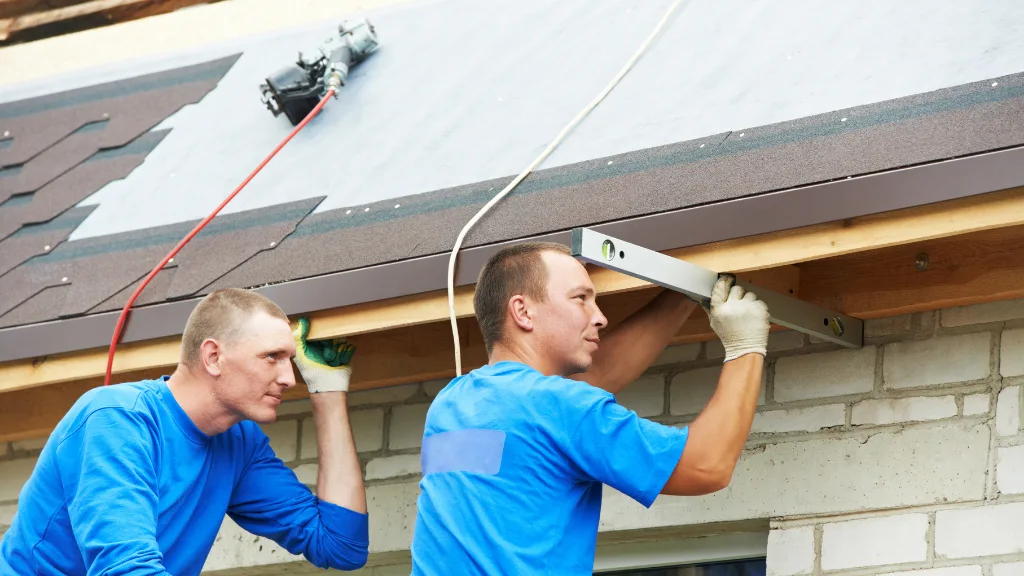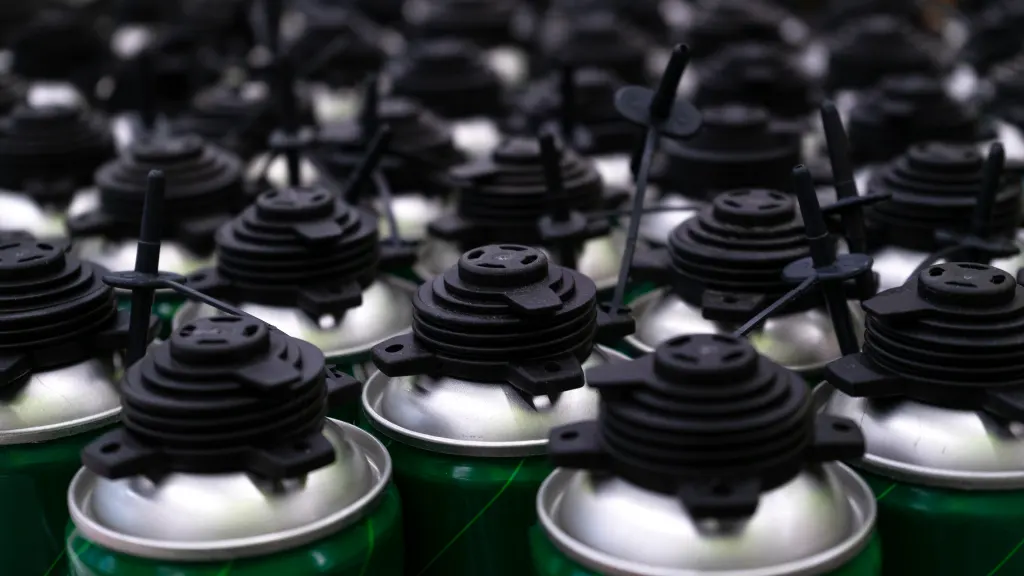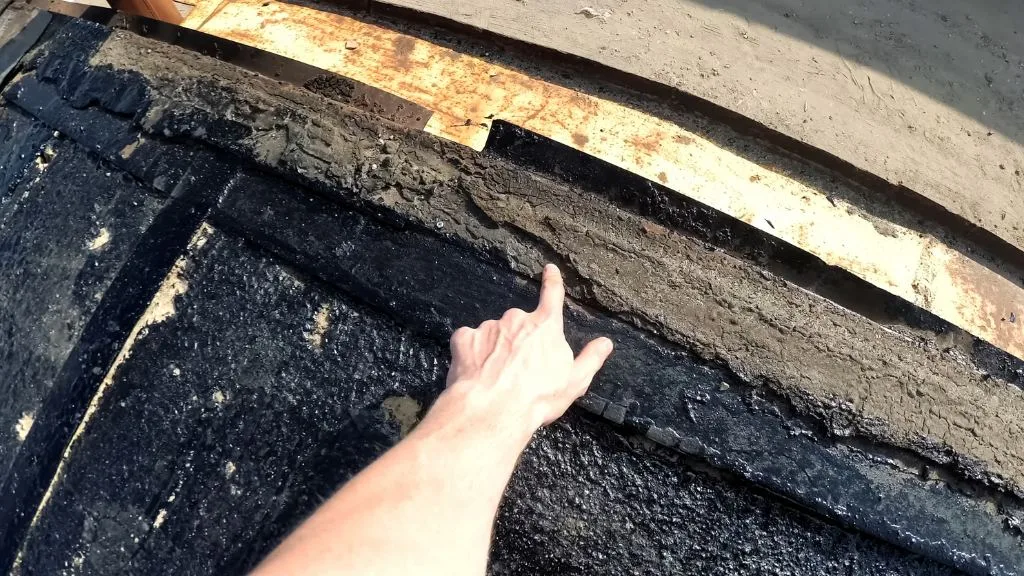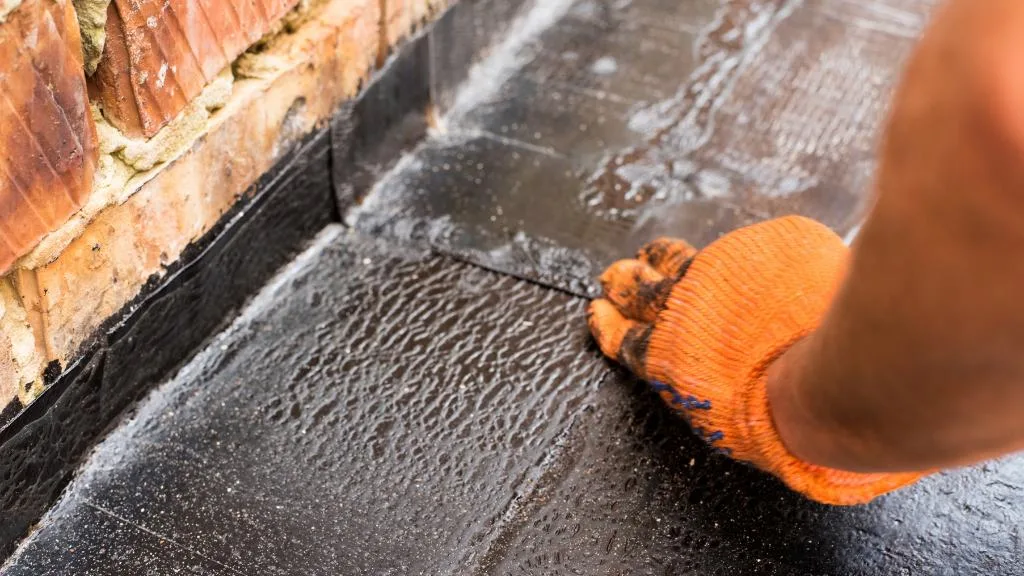
Are you looking for an effective solution to fix your roof leaks? Flex Seal is a popular product that claims to provide a quick and easy fix.
However, before you invest in this product, it’s important to understand how it works and whether it’s actually effective. In this article, we’ll take a closer look at Flex Seal for roofs, examining its benefits, limitations, and overall effectiveness to help you make an informed decision.
What is Flex Seal?
Flex Seal is a rubberized coating that can be used to repair leaks and cracks in a variety of surfaces, including roofs. It comes in both a spray and liquid form, making it easy to apply to different types of surfaces.
The manufacturer claims that it can last up to two years if properly maintained, but this will depend on the condition of the roof and the severity of the leak.
Flex Seal is a waterproof solution that can be used to seal leaks in roofs, gutters, skylights, and windows. It can be applied to dry surfaces and is safe to use on a variety of materials, including wood, metal, plastic, and vinyl.
The rubberized coating is also UV resistant, making it a good choice for areas that are exposed to the elements.
To apply Flex Seal, you should first clean and dry the surface that you want to repair. You can then spray or pour the liquid rubber onto the surface, using a brush or roller to ensure that it is evenly distributed.
The coating will then dry to form a durable, waterproof seal that can protect your roof from moisture and other environmental factors.
Overall, Flex Seal can be an effective solution for repairing small cracks and leaks in roofs and other surfaces. However, it should only be used as a temporary fix and is not a substitute for proper roof maintenance and repair.
If you are unsure about the source of the leak or the appropriate solution, it is best to consult a professional in the roofing industry.

How does Flex Seal work?
Flex Seal is a rubberized coating that is designed to seal and protect surfaces from water damage. When applied to a surface, it forms a flexible, waterproof barrier that can withstand extreme temperatures and weather conditions.
The product can be applied in a variety of ways, including spraying, brushing, or rolling it on. It is important to note that Flex Seal should only be used as a temporary solution for roof repairs, as it is not a permanent fix.
Flex Seal works by penetrating the surface and forming a strong, flexible bond with the material. It is able to fill in cracks and gaps, creating a watertight seal that prevents water from seeping through.
One of the key benefits of Flex Seal is its ability to withstand extreme temperatures and weather conditions. It can be used in both hot and cold climates, making it a versatile solution for roof repairs.
Overall, Flex Seal is an effective solution for fixing roof leaks, but it should only be used as a temporary fix until a permanent solution can be implemented.
It is important to follow the manufacturer’s instructions when using the product to ensure that it is applied correctly and provides the best possible protection against water damage.

Flex Seal for Roof: Is it Effective?
When it comes to repairing a leaking roof, Flex Seal is a popular option for many homeowners. This liquid rubber sealant is advertised as a quick and easy solution for fixing cracks and holes in various surfaces, including roofs.
But is it really effective? Let’s take a closer look.
Application of Flex Seal on Roof
Before applying Flex Seal on your roof, it is important to clean and dry the surface thoroughly. You can use a brush or a roller to apply the sealant, or you can spray it directly onto the surface.
It is recommended to apply multiple coats for better protection. However, keep in mind that Flex Seal is not UV-resistant, so it may not be the best option for roofs that are exposed to direct sunlight.
Pros and Cons of Using Flex Seal on Roof
Flex Seal has some advantages when it comes to roof repair. It is easy to apply and can provide a waterproof seal on various surfaces, including metal, wood, plastic, and vinyl. It is also non-toxic and safe to use.
However, there are also some drawbacks to using Flex Seal. It may not be durable enough to last for a long time, especially in harsh environments.
It may also peel off or crack over time, especially if it is exposed to moisture or extreme temperatures.
Alternative Roof Sealant Options
If you are looking for a more durable and long-lasting solution for your leaking roof, there are other roof sealant options to consider. For example, roof tar, acrylic, silicone, and liquid rubber sealants are all popular choices in the roofing industry.
Dicor self-leveling lap sealant is also a great option for RV roofs. These sealants are designed to provide better protection against the elements and can last for up to ten years or more.
In conclusion, while Flex Seal may be a quick and easy solution for minor roof repairs, it may not be the most effective option for long-term protection. If you are dealing with a serious leakage issue, it is best to consult a professional and consider other roof sealant options.

Application of Flex Seal on Roof
When it comes to applying Flex Seal on your roof, there are a few things to keep in mind to ensure proper application and effectiveness. Here are some steps to follow:
- Clean and dry the surface: Before applying Flex Seal, it is crucial to clean and dry the surface of the roof. This will ensure that the sealant adheres properly and doesn’t peel off. Use a brush or roller to remove any dirt, debris, or loose material from the surface.
- Shake the can: Shake the can of Flex Seal well before use. This will ensure that the liquid rubber is properly mixed and ready for application.
- Spray or pour the sealant: Depending on the size of the area you need to cover, you can either spray or pour the Flex Seal liquid rubber on the surface. For smaller cracks or holes, spraying is recommended. For larger areas, pouring is more appropriate.
- Spread the sealant: Use a brush or roller to spread the Flex Seal evenly on the surface. Make sure to cover the entire area and pay extra attention to the source of the leak.
- Let it dry: Allow the Flex Seal to dry completely before exposing it to rain or other elements. It is recommended to wait at least 24 hours before exposing the sealant to moisture.
- Apply a second coat: For added protection and durability, you can apply a second coat of Flex Seal after the first coat has dried.
It’s important to note that Flex Seal should only be used as a temporary solution for roof repairs. While it can provide waterproofing and UV protection, it is not a long-term solution and should not be used as a replacement for professional roof repair.
In addition, it is important to follow proper maintenance procedures for your roof to prevent leaks and other issues. Regular cleaning and inspection can help identify any potential problems before they become major issues.
Overall, when applied correctly, Flex Seal can be an effective solution for minor roof repairs and leaks. However, it is important to use it appropriately and not rely on it as a long-term solution.

Pros and Cons of Using Flex Seal on Roof
If you are considering using Flex Seal to repair your roof, it is important to weigh the pros and cons before making a decision. Here are some advantages and disadvantages of using Flex Seal on your roof:
Pros
- Easy to Apply: Flex Seal is very easy to apply and can be done by anyone, even without professional experience.
- Cost-Effective: Using Flex Seal is a more affordable option than hiring a professional to fix your roof.
- Waterproof: Flex Seal creates a waterproof barrier that can prevent leaks and water damage.
- Versatile: Flex Seal can be used on a variety of roofing materials, including shingles, tiles, and metal.
Cons
- Temporary Fix: Flex Seal is a temporary solution and may not last as long as a professional repair.
- May Void Warranties: Using Flex Seal on your roof may void any existing warranties you have on your roof.
- Not Suitable for Large Repairs: Flex Seal is only suitable for small cracks and holes and cannot be used to repair missing shingles or large gaps in the roof.
- May Make Professional Repairs More Difficult: If you decide to hire a professional to repair your roof later, the Flex Seal may make the repair more difficult and costly.
Overall, while Flex Seal can be a quick and easy solution for small roof repairs, it is important to consider the limitations and potential drawbacks before making a decision. If you have a larger or more serious roof issue, it is recommended to consult a professional for a more permanent solution.
